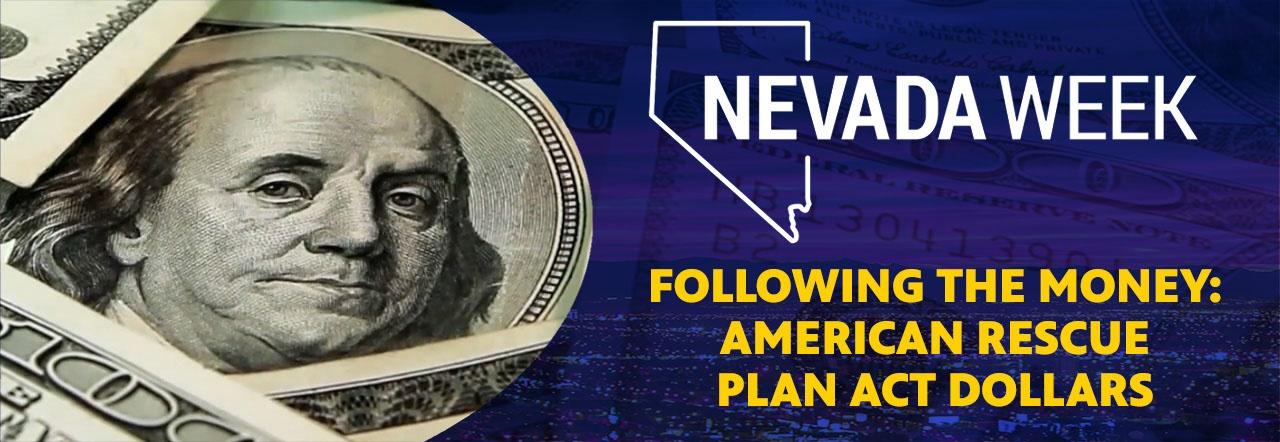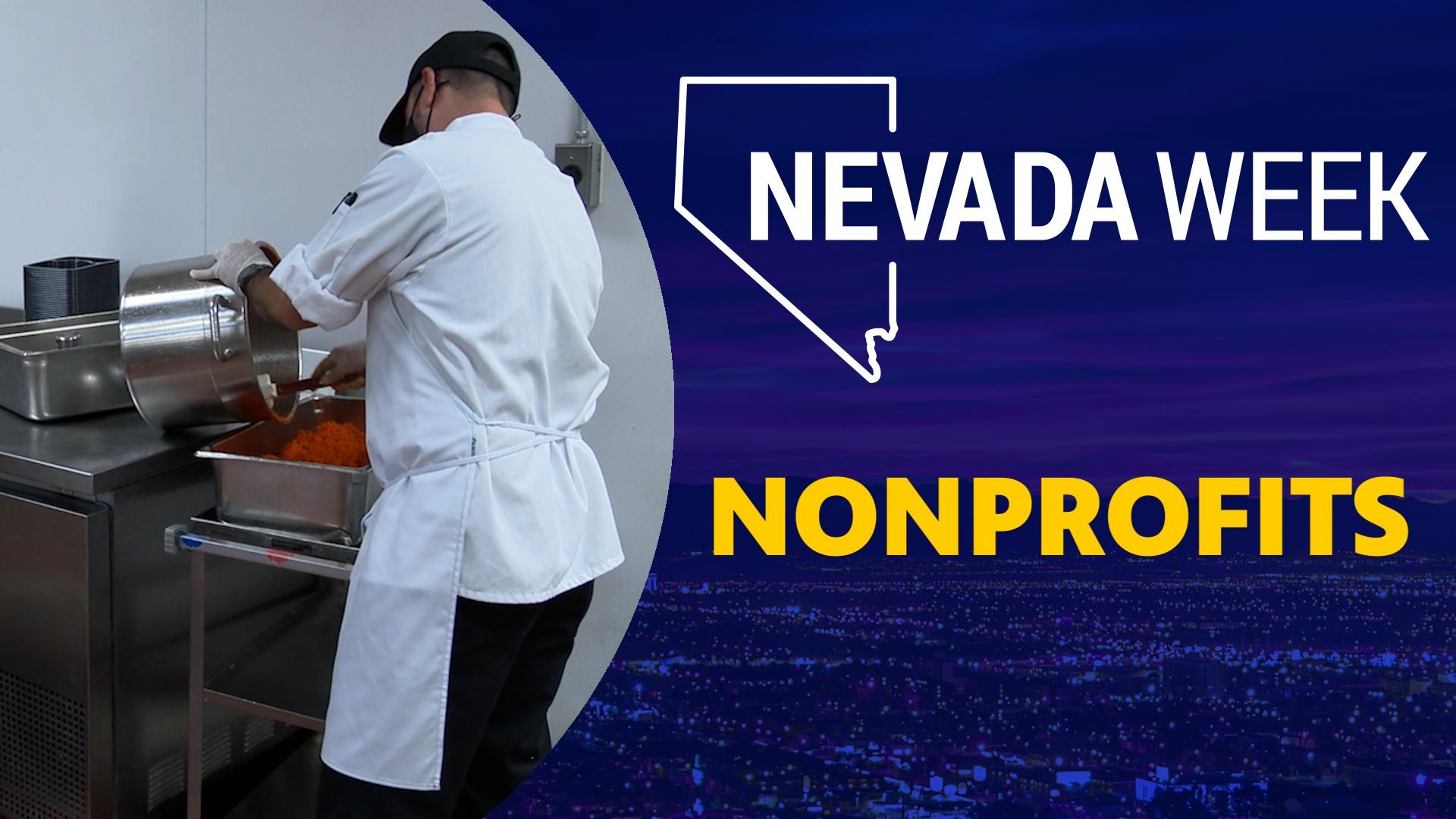Following the Money: American Rescue Plan Act Dollars | Nevada Week


We examine where billions of dollars in federal funding has been spent in Nevada.




SEASON 5: EPISODE 3 | Airdate: 7/29/2022
In March of 2021, Congress passed a massive coronavirus relief package.
Known as the American Rescue Plan Act, it doled out $350 billion to states, local governments and school districts.
Of the $6.7 billion Nevada got, some of it was already earmarked for specific purposes. The state itself ended up with $2.7 billion for its general fund while local counties and cities received more than $1 billion.
At his state of the state address in February, Nevada Democratic Governor Steve Sisolak designated $500 million American Rescue Plan Act dollars to the “Home Means Nevada” initiative.
The initiative launched in April and aims to address the lack of affordable housing in Nevada with $300 million for the development of multi-family units, $130 million to preserve existing affordable housing units, $40 million to acquire land on which to construct affordable housing and $30 million to increase home ownership.
Nevada Current reporter Michael Lyle has covered affordable housing issues and the efforts to dole out ARPA funds over the past year. He said the affordable housing problem in Nevada is not just about available housing it is also about wages.
He said a recent UNLV study found seven out of the 10 top occupations in Southern Nevada and the top six in Northern Nevada could not afford housing on the wages they were getting. Lyle said many of those workers couldn’t even afford a studio apartment on what they were getting paid.
Lyle said those jobs were the ones making our state’s economy run.
The ARPA money aims to change that by providing more affordable housing. State Treasurer Zach Conine told Nevada Week that the $500 million allotted in the Home Means Nevada initiative will help to create about 2,500 affordable housing units. Conine admitted that is not nearly enough. He said Nevada is lacking about 105,000 housing units and 80 percent of those are affordable housing. But he said the money and those extra units mean a lot to the people who need an affordable place to live.
Lyle agreed that the money and the 2,500 units it would produce is a “drop in the bucket.” He said that Nevada was in an affordable housing crisis before the pandemic and the impacts of that just made things worse.
To be considered housing secure means a household is paying 30 percent of its income for housing. However, Lyle said right now people in Nevada are paying a lot more of their income towards housing sometimes as much as 50 percent. That means they have to trim other expenses like food and medicine.
The state housing division is right now looking through the several hundred applications it received for the ARPA funds. Lyle said the final review of the projects should be done by the end of August.
Even when the money is distributed, he said it might take a year or more to get those affordable housing units built. Housing development is complicated, he said, and construction materials are expensive.
Child Care
With urging from Governor Sisolak, state lawmakers recently approved $50 million of ARPA funding for the “Nevada Child Care Fund.”
Sisolak says the lack of access to affordable and reliable child care is what’s keeping several parents who left the workforce during the pandemic from returning.
Before touring a College of Southern Nevada on-site daycare, Sisolak unveiled details of the child care fund.
“A robust childcare system is critical to Nevada’s economy and to our state’s recovery,” he told the crowd at the event.
The fund promises to increase the assistance that he says more than 5,000 Nevada families are already receiving.
“The average amount we’re giving families per child is about $551 per month per child,” the governor said, “With the new funding for the Nevada child care program, we’ll be able to cover more costs for more families and to help more families get their children the quality childcare without breaking the bank.”
Sisolak says eligibility expanded as well. According to Karissa Loper Machado, agency manager of the state’s Child Care and Development Program, a family of four making about $60,000 to $70,000 per year now qualifies for child care assistance.
“We’ve essentially doubled the amount of money a family could make annually and still be eligible for child care assistance,” she said.
Loper Machado and Sisolak strongly encourage previously denied applicants to reapply. Loper Machado said she expects ARPA money to fund the child care program through 2023.
NONPROFITS
Besides going to government programs and affordable housing, ARPA funds have also been allotted to nonprofits to help them in their efforts to help Nevadans in need.
Helping Hands of Vegas Valley is one of the nonprofits that will be getting ARPA dollars. Nina Gallagher is the director of development for the program that helps senior citizens.
She said the money will help fund the nonprofit’s rural pantry program. The program started at the height of the pandemic and it brings 20 to 30 shelf-stable or frozen meals to seniors living in Nevada’s rural areas.
Another program that is getting funding is Operation School Bell, which is a program run by the Assistance League of Las Vegas. The program gives new clothing, shoes, underwear, and more to children in need.
The president of the program, Karen Martin, said the money from ARPA will help the organization give a week's worth of clothing to 900 more kids. The charity usually serves about 8,000 kids every school year. During the pandemic, however, there was a smaller number of children accessing those services.
Money that is going to charities is being reimbursed. So nonprofits will start the programs and then get the money to cover the programs or services from the state. Despite that hurdle and a few others, both nonprofits are delighted to get the extra cash.
